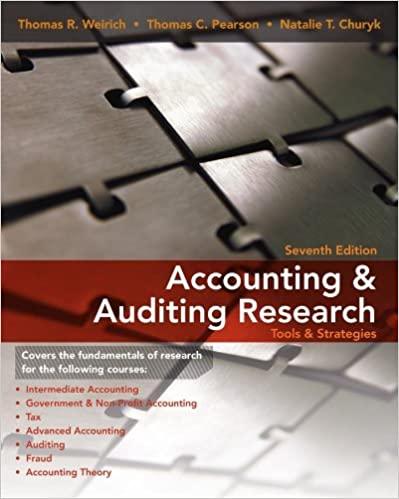Question
2. (60%) Eason has 24 hours of time every day. He can allocate the 24 hours on work or on leisure (R). If he works,
2. (60%) Eason has 24 hours of time every day. He can allocate the 24 hours on work or on leisure (R). If he works, he can make $10 every hour. In addition to the income he earns from working, Eason also gets $60 from his parents every day. He uses his income to consume the consumption good (G). The price of G is 5. His utility function is U=G2R.
(A) (10%) Draw Eason's budget constraint on a diagram with "R" on the horizontal axis and "G" on the vertical axis. What is the slope of his budget constraint?
(B) (10%) In part (A), what is Eason's optimal choice of R and G?
(C) (10%) Suppose that Eason hourly wage decreases from $10 to $5. What are his optimal R and G now?
(D) (30%) Consider the wage change from part (B) to part (C) (that is, the wage decreases from 10 to 5. Find the pure substitution effect, the ordinary income effect, and the endowment income effect of R due to this change in wage. Specifically, write the four budget constraints that are needed to find the answers, and the corresponding optimal choice of each budget constraint.
Additional info: To try to solve This question ,please read the Book "Intermediate Microeconomics Hal R. Varian" which chapter 9 "Buying and Selling" is the knowledge source of this question. I don't know how to solve the question 2(D),please!!!!!
Step by Step Solution
There are 3 Steps involved in it
Step: 1

Get Instant Access to Expert-Tailored Solutions
See step-by-step solutions with expert insights and AI powered tools for academic success
Step: 2

Step: 3

Ace Your Homework with AI
Get the answers you need in no time with our AI-driven, step-by-step assistance
Get Started


